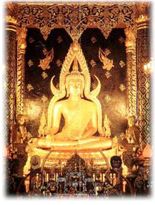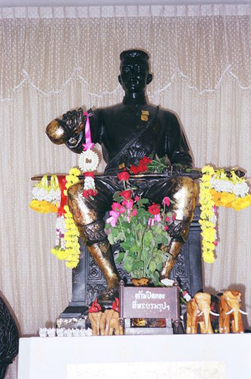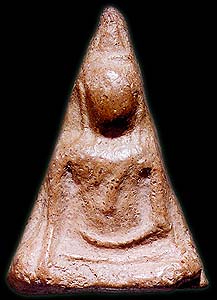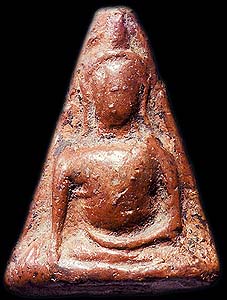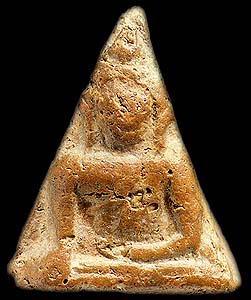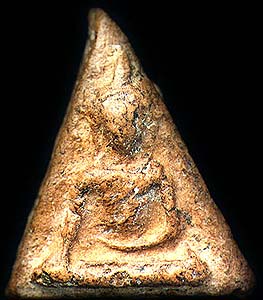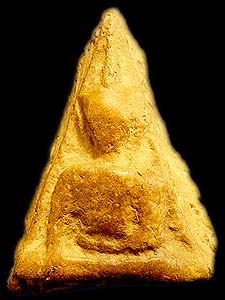
The River House features spacious 30 deluxe rooms (40.5 sq.m.) overlooking swimming pool and sparkling River Kok creatin g a rare scenic backdrop; and 6 junior suite with breezing private verandas to bring you nearest to the river and closer to the nature. In-room facilities include:
g a rare scenic backdrop; and 6 junior suite with breezing private verandas to bring you nearest to the river and closer to the nature. In-room facilities include:
- Bathroom with a bath tub and a separate shower
- Safe-deposit box
- Hairdryer, bathrobes, slippers
- Full-sized sofa with coffee table
- Mini bar, refrigerator, complimentary tea & coffee
- 25" flat screen TV with cable network providing local TV channels as well as CNN, BBC, HBO, CINEMAX, Super Sports, and Discovery, etc.
- Stereo sets for cassette, CD, and VCD
- Distinct décor and furnishings of elegant Thai design atop wooden floor
 At the River House, you can exclusively enjoy luxurious amenities in the midst of Chiang Rai’s serene nature and beauty.
At the River House, you can exclusively enjoy luxurious amenities in the midst of Chiang Rai’s serene nature and beauty.You will be fascinated by the sight and sound of natural habitat and a spectacular panoramic view, especially at dawn and dusk times.

- Right on the bank of The River Kok
- 7 km from Chiang Rai Airport
- 3 km from Chiang Rai City Center
- 12 km to Santi Buri International Goft Course
- 60 km to Thai - Burmese Border at Mae Sai District
- Within 1 hour to many other places of interest e.g. The Golden Triangle, Doi Tung Royal Villa and botanical garden, Doi Mae Salong, Loh Chah Karen Village etc.
At the River House you can enjoy the luxury of
- Full-sized swimming pool and outdoor jacuzzi
- Fully equipped fitness room (river front)
- Outdoor jogging track in the garden
- Coffee Shop including Terrace and Poolside seating area's
- Tara Restaurant offring selection of Thai and International Cuisine
- Well stocked Bar
- Library with internet access
- Game room and snooker table
- Spa treatment villa
- Two meeting rooms (12 seats and 25 seats)
- Complimentary shuttle van to night bazaa (7 pm - 10 pm)
"Experience the finest boutique resort in Chiang Rai."











